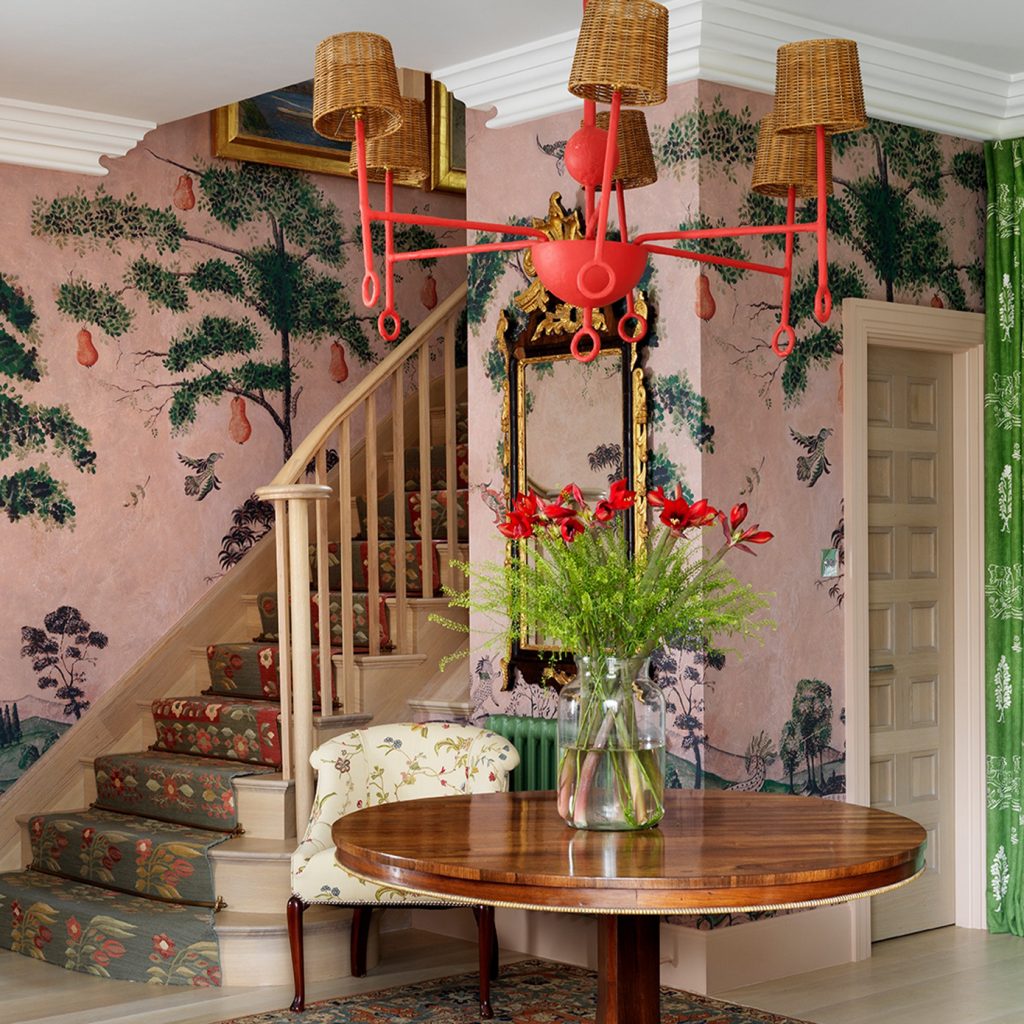
Lighting up Japan: Illuminating the Beauty of the Land of the Rising Sun
The Importance of Lighting in Japanese Culture
Japan is a country that values aesthetics and attention to detail. The importance of lighting in Japanese culture is no exception. In fact, lighting is an essential element in many traditional Japanese art forms, such as ikebana (flower arrangement), tea ceremony, and kabuki theater.
In Japanese gardens, lighting is used to highlight the unique features of the landscape, such as the texture of rocks and the shape of trees. The placement of lights is carefully considered to create a harmonious balance between light and shadow.
In Japanese homes, lamps and lanterns are used to create a warm and inviting atmosphere. Paper lanterns, known as “akari,” have been used in Japan for centuries and are still a popular lighting choice today.
Lighting up Japan: Festivals and Celebrations
Japan is known for its many festivals and celebrations, and lighting plays a crucial role in many of these events. Some of the most famous festivals in Japan, such as the Gion Matsuri in Kyoto and the Nebuta Matsuri in Aomori, feature elaborate floats covered in colorful lanterns.
During the winter months, Japan is illuminated with countless “illuminations,” or light displays. Cities all over Japan, such as Tokyo, Osaka, and Yokohama, create stunning light displays that attract millions of visitors each year.
One of the most famous illumination displays is held at Tokyo’s Rikugien Garden. The garden is transformed into a magical wonderland, with trees and bushes lit up with thousands of colorful lights. Visitors can stroll through the garden and take in the enchanting atmosphere.
Modern Lighting Design in Japan
Japan has a long history of innovative design, and modern lighting design in Japan is no exception. Japanese lighting designers are at the forefront of creating energy-efficient and sustainable lighting solutions.
One example of this is the LED streetlights in Tokyo’s Ginza district. These streetlights are powered by solar panels and are designed to be both energy-efficient and aesthetically pleasing.
Another example of innovative lighting design is the Philips Lighting Japan Showroom in Tokyo. The showroom features state-of-the-art lighting technology, such as interactive light displays that respond to motion and touch.



